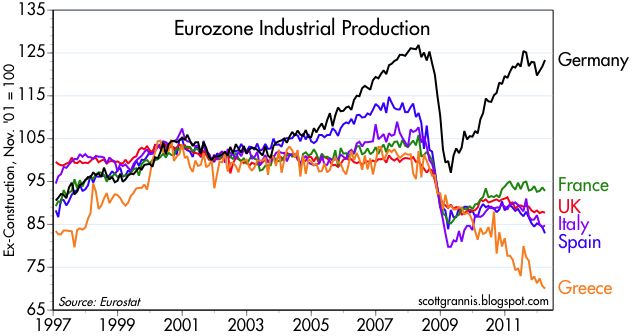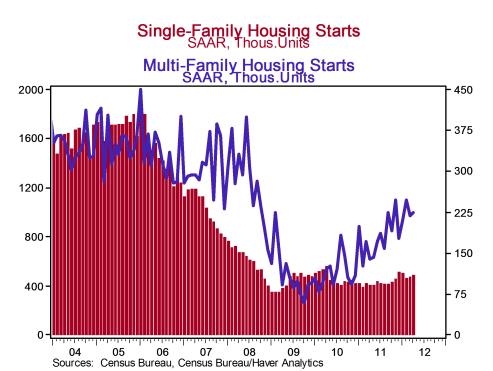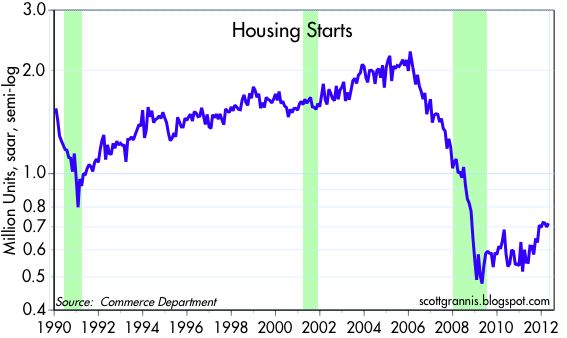
There are two articles that pertain to our current economic crisis from two outstanding writers, Henry Hazlitt and Ludwig von Mises.
I combined both of these excellent articles for easier reading in a PDF here: Govt Spending and Deficits
What Government Spending and Deficits Will do by Henry Hazlitt
http://www.thefreemanonline.org/features/what-spending-and-deficits-do/
Henry Hazlitt, noted economist, author, editor, reviewer and columnist, is well-known to readers of the New York Times, Newsweek, The Freeman, Barron’s, Human Events and many others. Best known of his books are Economics in One Lesson, The Failure of the “New Economics,” The Foundations of Morality, and What You should Know About Inflation.
The direct cause of inflation is the issuance of an excessive amount of paper money. The most frequent cause of the issuance of too much paper money is a government budget deficit.
The majority of economists have long recognized this, but the majority of politicians have studiously ignored it. One result, in this age of inflation, is that economists have tended to put too much emphasis on the evils of deficits as such and too little emphasis on the evils of excessive government spending, whether the budget is balanced or not.
So it is desirable to begin with the question, What is the effect of government spending on the economy–even if it is wholly covered by tax revenues?
The economic effect of government spending depends on what the spending is for, compared with what the private spending it displaces would be for. To the extent that the government uses its tax-raised money to provide more urgent services for the community than the taxpayers themselves otherwise would or could have provided, the government spending is beneficial to the community. To the extent that the government provides policemen and judges to prevent or mitigate force, theft, and fraud, it protects and encourages production and welfare. The same applies, up to a certain point, to what the government pays out to provide armies and armament against foreign aggression. It applies also to the provision by city governments of sidewalks, streets, and sewers, and to the provision by States of roads, parkways, and bridges.
But government expenditure even on necessary types of service may easily become excessive. Sometimes it may be difficult to measure exactly where the point of excess begins. It is to be hoped, for example, that armies and armament may never need to be used, but it does not follow that providing them is mere waste. They are a form of insurance premium; and in this world of nuclear warfare and incendiary slogans it is not easy to say how big a premium is enough. The exigencies of politicians seeking re-election, of course, may very quickly lead to unneeded roads and other public works.
von Mises on The Crisis of Government Interventionism
http://www.mises.org/daily/6030/The-Crisis-of-Interventionism
Mises in Human Action (1949) explains how repeated failures of government interventions just bring forth more cries for intervention by government propagandists. Massive bailouts for banks and auto companies will always be justified no matter what the outcomes.
Mises, “The interventionist policies as practiced for many decades by all governments of the capitalistic West have brought about all those effects which the economists predicted. There are wars and civil wars, ruthless oppression of the masses by clusters of self-appointed dictators, economic depressions, mass unemployment, capital consumption, famines.
However, it is not these catastrophic events which have led to the crisis of interventionism. The interventionist doctrinaires and their followers explain all these undesired consequences as the unavoidable features of capitalism. As they see it, it is precisely these disasters that clearly demonstrate the necessity of intensifying interventionism. The failures of the interventionist policies do not in the least impair the popularity of the implied doctrine. They are so interpreted as to strengthen, not to lessen, the prestige of these teachings. As a vicious economic theory cannot be simply refuted by historical experience, the interventionist propagandists have been able to go on in spite of all the havoc they have spread.”
Sound familiar? Just read Paul Krugman’s articles: http://www.mises.org/daily/6055/Charting-Fun-with-Krugman













